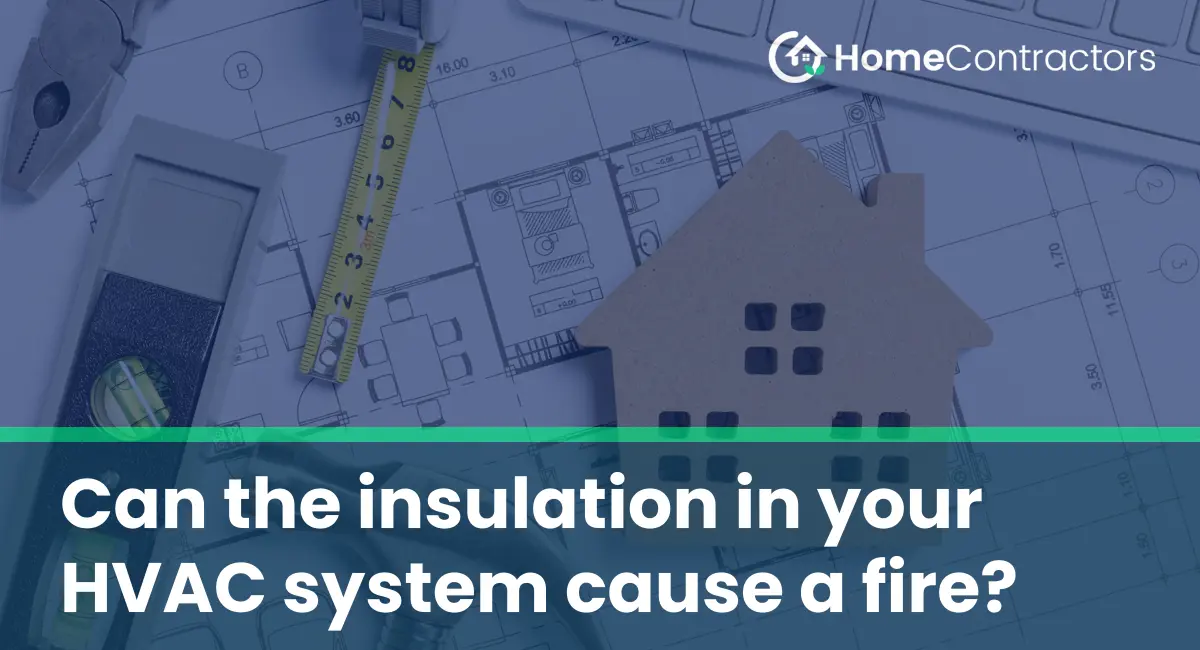When it comes to the safety of your home or office, it is crucial to be aware of potential fire hazards. One often overlooked factor is the insulation used in HVAC systems. While insulation is generally designed to protect and enhance the efficiency of your heating, ventilation, and air conditioning (HVAC) system, certain types of insulation can pose a fire risk if not installed or maintained properly. In this article, we will explore the potential fire hazards associated with insulation in HVAC systems and discuss preventive measures to ensure the safety of your property.
Understanding insulation in HVAC systems
Insulation plays a vital role in HVAC systems by preventing heat transfer through walls, ductwork, or pipes. It helps maintain desired temperatures, reduces energy consumption, and prevents condensation. The most commonly used types of insulation in HVAC systems include fiberglass, foam, and mineral wool. While these materials are generally safe, improper installation or degradation over time can create fire hazards.
Potential fire hazards
1. Insulation near heat sources
One of the primary fire hazards associated with insulation in HVAC systems is its proximity to heat sources. Inadequate clearance between insulation and heating elements, such as furnace components or electric coils, can lead to excessive heat buildup. Over time, this can cause insulation to become degraded or even combustible, increasing the risk of a fire.
2. Insulation degradation
Insulation in HVAC systems can degrade over time due to various factors, including age, exposure to moisture, or infestations. Gradual degradation can compromise the fire resistance properties of the insulation, making it more susceptible to catching fire.
3. Insulation with low fire resistance ratings
Different types of insulation have varying fire resistance properties. Installing insulation with low fire resistance near potential ignition sources, like electrical wiring or heating elements, significantly increases the fire risk. It is crucial to consider the fire resistance ratings of insulation materials and choose ones that meet safety standards.
Preventive measures
1. Regular inspection and maintenance
Regular inspection and maintenance of your HVAC system can help identify any issues or signs of insulation degradation. Have a professional inspect your system annually and address any concerns promptly. Ensure that proper clearance is maintained between insulation and heat sources according to manufacturer guidelines.
2. Choosing fire-resistant insulation
When installing or replacing insulation in your HVAC system, carefully choose materials with adequate fire resistance ratings. Opting for materials with higher fire resistance can provide an extra layer of protection against potential fires.
3. Ensuring proper insulation installation
Proper installation of insulation is crucial to minimize fire hazards. Hire qualified professionals experienced in HVAC insulation installation to ensure compliance with safety standards. Proper installation techniques and clearance from heat sources will help reduce the risk of insulation-related fires.
4. Fire sprinkler systems and alarms
Additional safety measures, such as fire sprinkler systems and smoke alarms, can provide early detection and suppression of fires. Install these devices in your property to enhance overall fire safety.
While insulation in HVAC systems is generally safe, it is essential to be aware of potential fire hazards. Taking preventive measures, such as regular inspection and maintenance, choosing fire-resistant materials, and ensuring proper installation, can significantly reduce the risk of insulation-related fires. By understanding the potential dangers and implementing safety measures, you can ensure the protection and peace of mind for your home or office.
